Diamond Maintenance Adult Cat Formula Dry Cat Food
Diamond pet foods are made with quality ingredients to keep your cat active, healthy and happy. with carefully determined levels of nutrient-rich protein, omega fatty acids, antioxidants and guaranteed probiotics, our cat food provides the everyday nutrition your pet needs to thrive because we believe every pet deserves the very best.
Diamond pet foods are made with quality ingredients to keep your cat active, healthy and happy. with carefully determined levels of nutrient-rich protein, omega fatty acids, antioxidants and guaranteed probiotics, our cat food provides the everyday nutrition your pet needs to thrive because we believe every pet deserves the very best
- Formulated for moderately active adult cats
- Nutrient-rich protein sources
- Omega fatty acids support skin and coat
- Antioxidants and essential nutrients for everyday nutrition
Additional information
| Country of Origin | Made in USA |
|---|---|
| Breed Size | Extra Small, Small, Medium, Large, Extra Large |
| Flavor | Chicken |
| Health Features | Digestion Support, Skin & Coat Health |
| Indoor/Outdoor | Indoor and Outdoor |
| Life Stage | Adult |
| Primary Flavor | Chicken |
| Special Diets | Probiotics, AAFCO Formulated, Omega Fatty Acids |
| Packaged Height | 20 in. |
| Packaged Length | 3.5 in. |
| Packaged Width | 15.25 in. |
| Manufacturer Part Number | 132 |

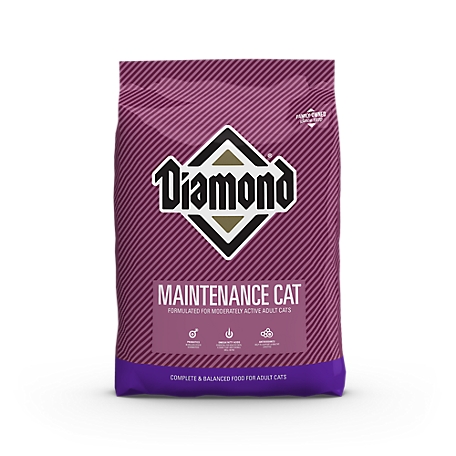


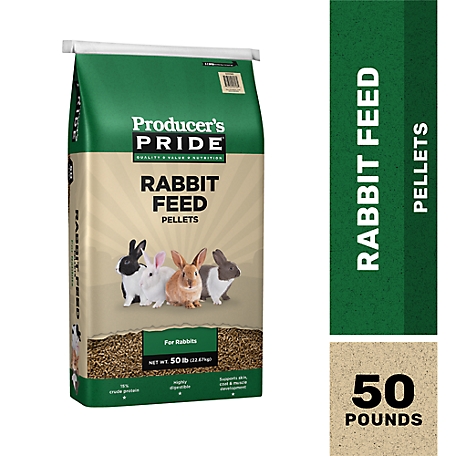
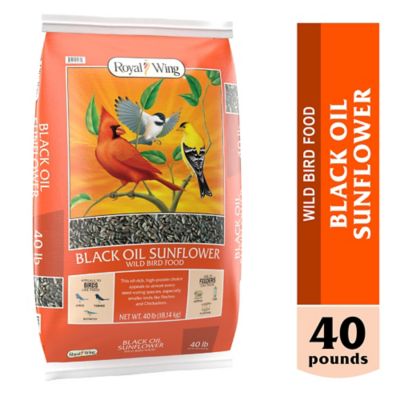

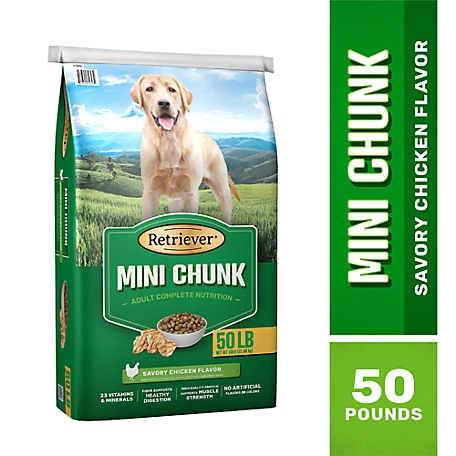

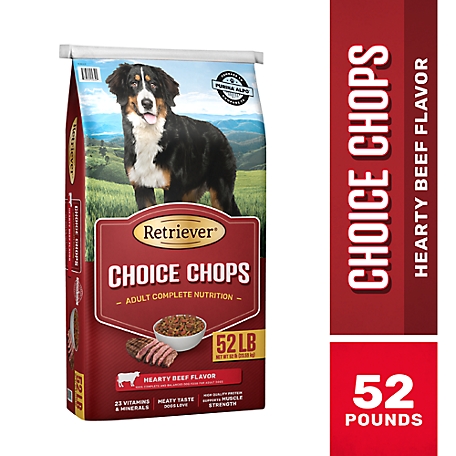
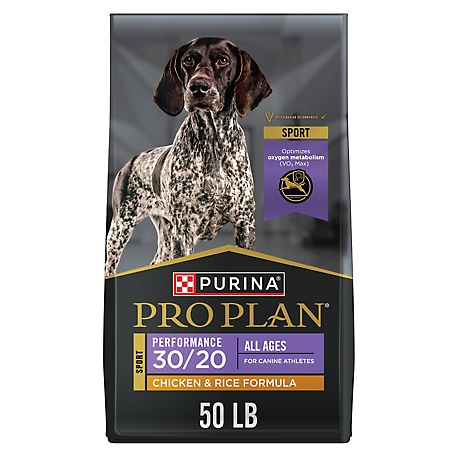
by Mike
Best cat food for the money. Unlike some of the more expensive foods, Diamond seems to cause fewer hairballs (and vomiting). The cats love it, and it is so much less expensive than so many of the brands.
by John
A bit smelly but the cats like it.
by Wolfe
Cats do very well on this food. Consistent quality. Cats eat it well, they feel good. 7 Cats, from 1 to 12 yrs. No need to have different life stage foods.